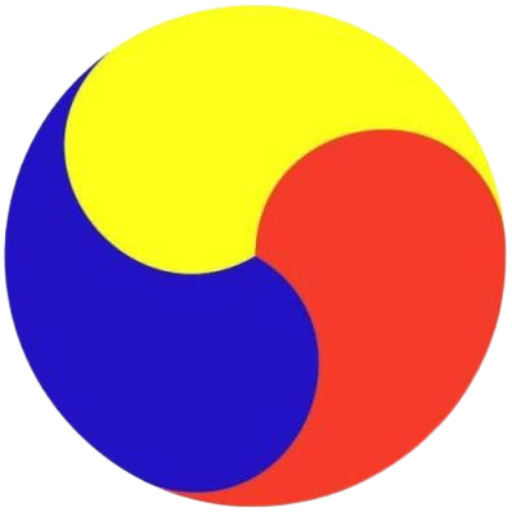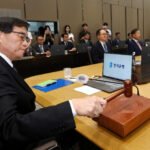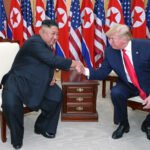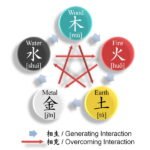(Courtesy of Getty Images)
Cash dividend payments by companies listed on the main bourse Korea Exchange have nearly tripled in a decade as they returned a larger portion of profits to shareholders under the new generation of top executives and the government-led initiative to boost their value through shareholder-friendly steps.
Their dividend payouts against net profits exceeded that of the US and Japan last year after narrowing the gap since 2021.
According to the Korea Listed Companies Association, companies listed on the Kospi paid a total of 41.2 trillion won ($30 billion) in cash dividends in 2023. That compared to 15 trillion won in 2014.
A total of 558 firms, or 70% of Kospi-listed companies, paid cash dividends in 2023, up from 483 in 2014.
The total sum of cash dividend payments by Kospi-listed firms had hovered at around 41 trillion won in the past couple of years after hitting the 40-trillion-won mark in 2020.
(Courtesy of Getty Images)
PAYOUT RATIOS
Their average payout ratio increased to 40% in 2023, higher than 37.1% for US stocks; 36.1% for Japanese stocks; and 30.5% for Chinese stocks, according to the MSCI index compiler.
In 2014, South Korean companies returned 26.4% of their net income to shareholders on average in dividends.
By comparison, the payout ratio for the US stocks had slid to the 30% level in the past three years after hovering at 40-50% in the 2010s.
While Japanese stocks’ dividend payout ratio had stood at around 36% since 2022, Chinese firms cut dividend payments by 1.9 percentage points to 32.4% of net income during the same period.
SAMSUNG, HYUNDAI
Samsung Electronics Co., South Korea’s most valuable company, paid the most in cash dividends among Korean stocks. It doled out 8.5 trillion won annually to shareholders in cash in the past 10 years on average.
Hyundai Motor Co. came second, paying 3.0 trillion won in cash dividends last year.
Its sibling Kia Corp, KB Financial Group and Shinhan Financial Group were also high on the list, elbowing out SK Innovation Co., Korea Electric Power Corp. and S-Oil Corp. which had paid handsome amounts of dividends in the 2010s.
The country’s top 20 companies on the dividend payout list distributed a total of 9.7 trillion won in cash dividends in 2014. Last year, the sum soared to 26.8 trillion won.
They accounted for 65% of Korean companies’ cash dividend payments, up from 62% in 2014.
South Korean won banknotes (Courtesy of Getty Images)
INTERIM DIVIDENDS
A larger number of Kospi-listed companies have introduced interim dividends. A record number of 72 companies paid interim dividends in 2023, compared to 26 in 2014.
They distributed a record 13.7 trillion won in interim dividends in 2023, more than triple the 431.5 billion won paid in 2014.
For the January-March period, a record number of 21 companies listed on the main bourse Kospi and the junior Kosdaq paid a record 4.7 trillion won in quarterly dividends.
Hong KiHoon, a professor at the College of Business Administration at Hongik University, said that the dividend payment increase suggested Korean companies had not found the right place to invest.
“The government’s continuous push for expanding shareholder returns also seemed to affect their dividend policy,” he added.
The average dividend yield for Korean stocks, or dividend income against stock prices, climbed to 2.97% in 2023, compared to 1.71% in 2014.
However, that was still below the yield of South Korea’s one-year treasury bonds of 3.43% last year.
By See-Eun Lee
see@hankyung.com
Yeonhee Kim edited this article















